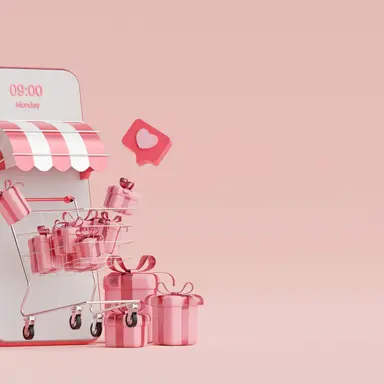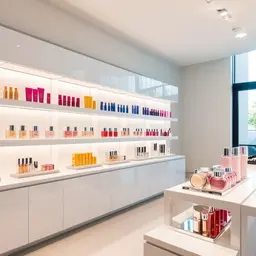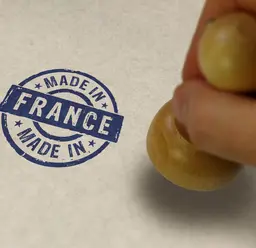
The sale of cosmetics on the Internet has been widely democratized in recent years. But on this distribution channel, there are different players competing for the favors of the e-consumer. In a recent article, Nielsen IQ sought to better understand the various components of cosmetic e-commerce.
According to Nielsen IQ, the sale of beauty products on the Internet is shared between four different players.
Pure-player generalist shops
These are companies like Amazon or Veepee. “Amazon recorded the strongest growth among French online retailers specializing in beauty products, reinforcing its position as number 1 by gaining four points of market share over this period. Veepee comes in second place with 1.7% of the share of the whole sector, against no less than 17.6% for Amazon”, explains Nielsen IQ. “The average basket is significantly lower than that of other merchants (€18.20 compared to an average of €43.04 among the ten main distributors), a figure which is hardly surprising given that 87% of sales come from Prime members”.
Specialty shops
Sephora, Marionnaud and Nocibé are retailers whose activity is dedicated to beauty. They absorb 41% of the market share in value on the sale of cosmetics on the Internet in France.
In general, consumers have an average basket amounting to nearly €64.
“Direct to Consumer” brands
“While the DTC model has proven itself in recent years, it still represents only 16.5% of the digital beauty retail landscape. Manufacturers, such as Typology, Horace, Clarins and Caudalie, are expanding their customer …













